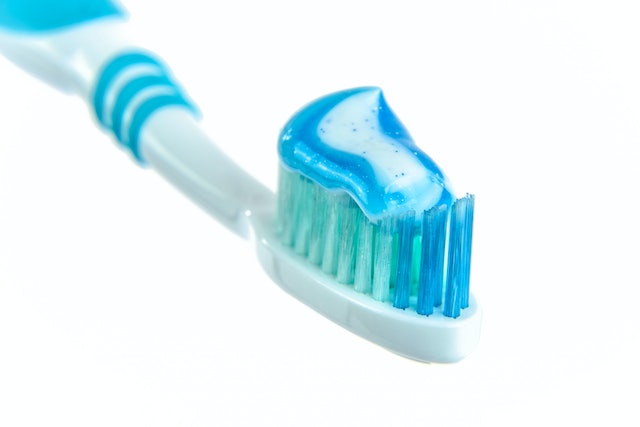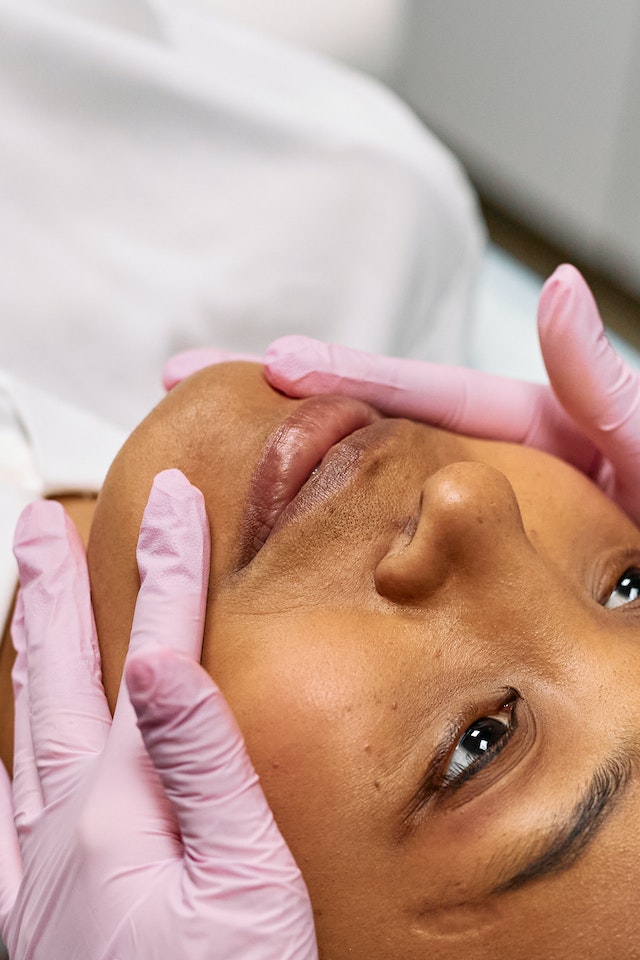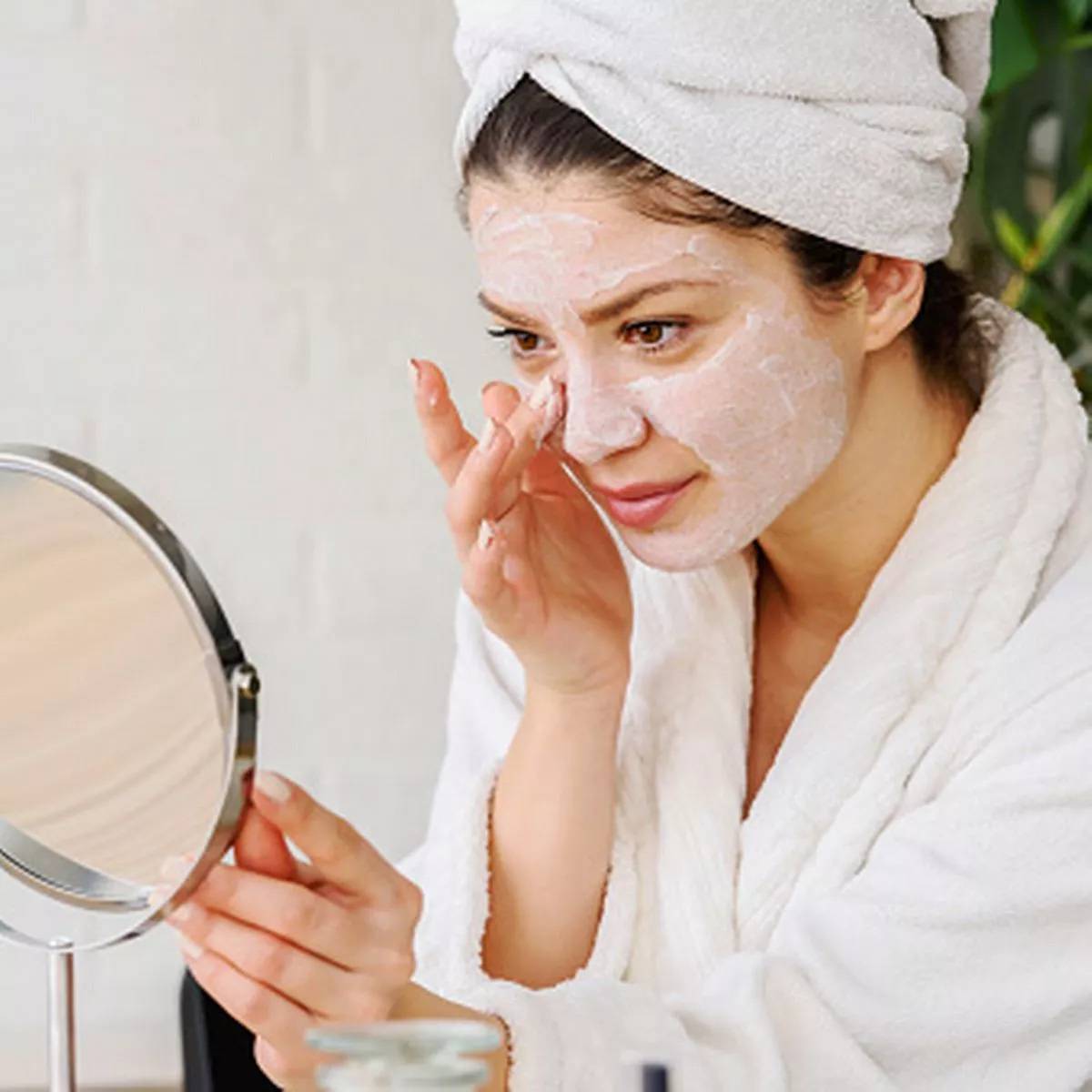When it comes to acne and blemishes, we often seek out specialized skincare products to address these frustrating skin concerns. But what if I told you that a simple household item like toothpaste could offer some relief? Yes, you read that right! Toothpaste, a staple in oral hygiene, has been hailed by many as an effective treatment for acne and blemishes. Let’s explore how toothpaste can help clear up your skin and whether it’s a viable solution for your skincare needs.
Toothpaste, particularly the traditional white variety, contains ingredients that can combat acne and blemishes:
1. Baking Soda: Toothpaste often contains baking soda, which has natural antibacterial properties. It helps neutralize acids on the skin’s surface, making it inhospitable for acne-causing bacteria.
2. Hydrogen Peroxide: Another common ingredient found in toothpaste is hydrogen peroxide. It acts as an antiseptic and can help kill bacteria that contribute to acne formation.
3. Menthol: Toothpaste typically contains menthol, which provides a cooling and soothing sensation. This can help reduce redness and inflammation associated with acne and blemishes.
While toothpaste can be effective in treating acne and blemishes, it’s important to keep in mind the following considerations:
1. Spot Treatment: Toothpaste is best used as a spot treatment rather than an all-over facial mask. Applying a small amount of toothpaste directly onto the affected area before bed can help dry out the blemish overnight.
2. Use Plain, White Toothpaste: Opt for plain, white toothpaste without added colors, gels, or whitening agents. These additional ingredients may irritate the skin or cause further breakouts.
3. Patch Test: Before applying toothpaste to your entire face or a larger area, perform a patch test. Apply a small amount of toothpaste to a small section of your skin and leave it for a few hours to assess any adverse reactions.
4. Avoid Dryness: Toothpaste can be drying, so it’s crucial to moisturize your skin appropriately. Apply a non-comedogenic moisturizer after rinsing off the toothpaste to maintain a healthy balance.
It’s important to note that toothpaste may not work for everyone and can have varying effects on different skin types. Some individuals may find that toothpaste effectively reduces the size and redness of blemishes, while others may experience skin irritation or increased sensitivity. It’s always recommended to consult with a dermatologist or skincare professional before incorporating toothpaste into your skincare routine, especially if you have sensitive or acne-prone skin.
While toothpaste can be a convenient and cost-effective option for tackling occasional blemishes, it’s essential to establish a comprehensive skincare routine that includes gentle cleansing, moisturizing, and targeted acne treatments. Regularly washing your face, using suitable acne-fighting ingredients like salicylic acid or benzoyl peroxide, and maintaining a healthy lifestyle are crucial for overall skin health.
In conclusion, toothpaste can serve as a helpful spot treatment for acne and blemishes due to its antibacterial and drying properties. However, it should be used with caution, taking into account individual skin sensitivities and the potential for dryness. Remember, everyone’s skin is unique, so what works for one person may not work for another. If you’re unsure about incorporating toothpaste into your skincare routine, consult with a skincare professional who can guide you toward the most suitable options for your skin type and concerns.











